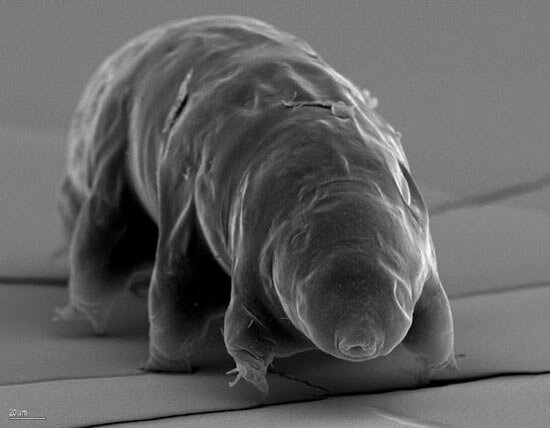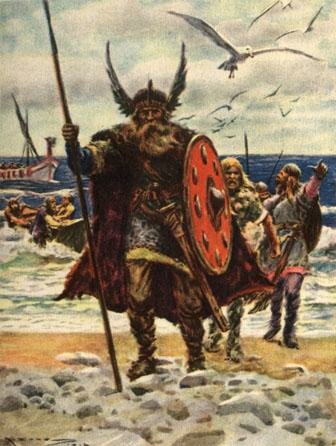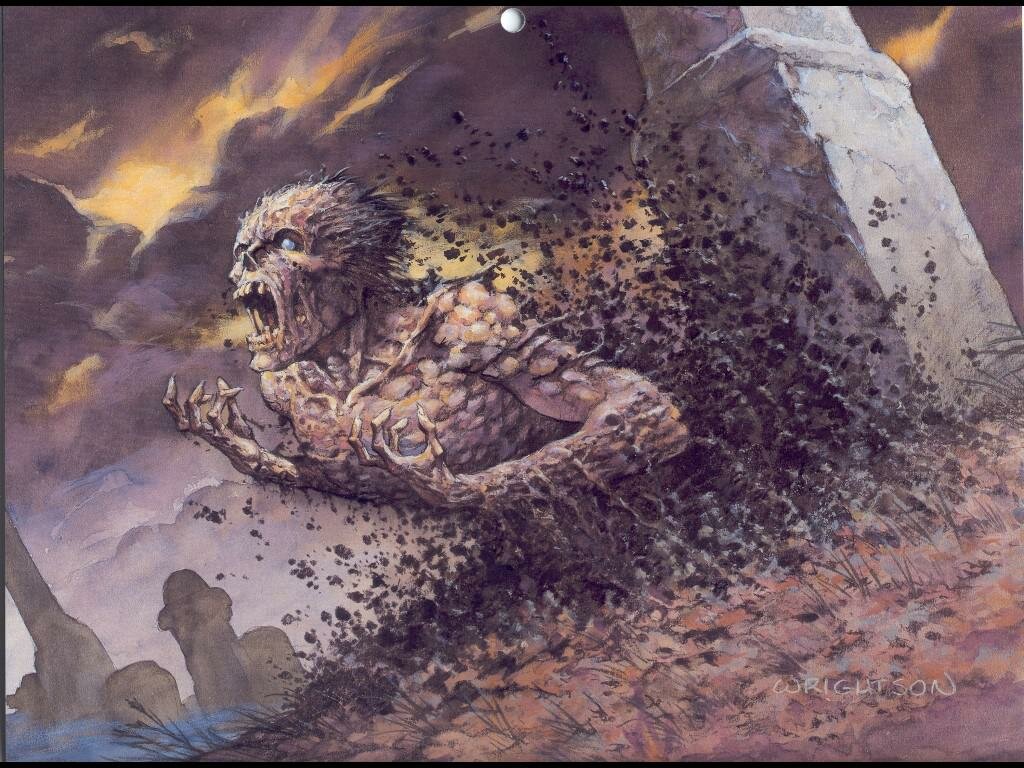8 Interesting Immortal Organisms
Suggested by SMSA cell or organism that does not experience aging, or ceases to age at some point, is called biologically immortal. It is an absence of a sustained increase in mortality rate as a function of chronological age. Mortality rate is a measure of the number of deaths in a population, scaled to the size of that population, per unit time. It is typically expressed in units of deaths per 1000 individuals per year.
Biologists have chosen the word immortal to designate cells that are not limited by the Hayflick limit, where cells no longer divide because of DNA damage or shortened telomeres. A telomere is a region of repetitive DNA sequences at the end of a chromosome, which protects the end of the chromosome from deterioration or from fusion with neighboring chromosomes. Biological forms have inherent limitations which may or may not be able to be overcome through medical interventions or engineering. Though research is going on and new technologies are being invented for ending aging, life defined as biologically immortal is still susceptible to causes of death besides aging, including diseases, accidents, predations and traumas etc. The description of 10 major organisms that have shown very low, constant or reverse rate of mortality is given below:
8. Lobsters

Clawed lobsters comprise a family called Nephropidae which is also called Homaridae and eaten as seafood. Selling Lobsters is a big business especially in the areas where they populate. A single lobster usually has 10 walking legs. Its three front pairs of legs bear claws, the first of which are larger than the others. Lobsters typically eat live prey such as fish, other crustaceans, mollusks, worms, and some plant life.
Recent research suggests that older lobsters are more fertile than younger ones. It has been argued that lobsters may exhibit negligible senescence and some scientists have claimed that they could effectively live indefinitely, barring injuries, diseases and capture etc. Their longevity allows them to reach impressive sizes. According to the Guinness Book of World Records, the largest lobster was found in Nova Scotia Canada and its weight was measured to be 20.15 kg.
7. Hydra (genus)

Hydras are one of the few animals that do not experience aging process and survive for millions of years.
Under the microscope, hydras have been found to be a few millimeter in length. According to Nineteenth century Biologists, its structure and nervous system was found to be so simple that it could easily be separated into its cells only with the power of gauze. However, if these cells are left untouched, they again merge into a group and produce a new hydra.
Hydras usually live in pollution free areas like fresh water ponds, streams, lakes and canals in the temperature and tropical regions. They usually eat animals that have no spine. Some Hydras’ species live in a co relationship with different types of unicellular algae. The algae are secured from predators by hydra and products result from photosynthetic process becomes the food for the hydra.
Because of its regenerative ability, hydra has been the center of attention of Biologists for years.
6. Black corals (Antipatharia)

In March 2009, scientists presented the results of their research on deep sea corals throughout the world. During the research they discovered a subdivision of Black Coral to be among the oldest continuously surviving organisms on the earth. Its age was estimated to be around 4,265 years. They showed that “radial growth rates are as low as 4 to 35 micrometers per year and that individual colony longevities are on the order of thousands of years”
According to their research black corals (also known as antipatharia) were a group of tree-like corals which survived in deep water. Though black coral’s living tissues were brilliantly colored, it was given the title black because of its skeleton’s distinctive black or dark brown color. It was also given a nickname little thorn coral because it had the tiny spines that covered the surface of the skeleton.
This group grows and occurs in the tropics. Its 230 known species have been found to be in 42 genera. Antipatharia grow also in New Zealand’s Milford Sound in rare dark shallow water areas. It is the official state gem of Hawaii.
5. Tardigrades (water bears or moss piglets)
Tardigrades are also known as water bears or moss piglets. They are microscopic, water-dwelling and segmented animals. The name Tardigrada means slow walker and the name water bear comes from the way they walk with eight legs. It gives the resemblance of a bear’s gait. The biggest adults may reach a body length of 1.5 mm and the smallest below 0.1 mm. Tardigrades occur over the entire world, from the high Himalayas (above 6,000 meters), to the deep sea (below 4,000 meters) and from the polar regions to the equator. They even can be found by soaking a piece of moss in spring water. Tardigrades are able to survive in harsh circumstances that would kill almost any other animal. Some can survive temperatures of close to absolute zero (−273 °C) temperatures as high as (151 °C), 1,000 times more radiation than other organisms, and almost ten days without water.
Tardigrades are one of the few groups of species who has the ability to suspend their metabolism and going into a state of cryptobiosis. In this state they are called as tun. Several species can survive in a dehydrated state for nearly ten years. While in this state their metabolism lowers to less than 0.01% of normal and their water contents can drop to 1% of normal. Their ability to remain dried for such a long period is largely dependent on the high levels of the non-reducing sugar, trehalose which protects their membranes.
4. The bristlecone pines

In 1964, a student of the University of North Carolina named Donald R. Currey was taking some core samples of bristlecones in the Snake Range of eastern Nevada. He discovered there a tree in a cirque below Wheeler Peak was over 4,000 years old. His coring tool broke, so he got the permission from the U.S. Forest service to cut down “Prometheus”. Approximately, 4,844 rings were counted on a cross-section of the tree. It proved it to be 4,844 years old and the oldest known non-clonal living organism on earth.
The bristlecone pines are a small group of pine trees that are thought to reach an age far greater than that of any other single living organism known up to nearly 5,000 years. Because of cold temperatures, high winds, dry soils, and short growing seasons, these trees grow at a very slow rate. Their wood is very dense and resinous making them so strong that they can protect themselves from any attach by insects, fungi, and other harmful pests. The bristlecone pine has an intrinsically low rate of reproduction and regeneration, and it is thought that under present climatic and environmental conditions the rate of regeneration may be not sufficient to sustain its population.
3. Jurupa Oak (clonal colony)

The Jurupa Oak is a clonal colony of Palmer’s oak trees in the Riverside County of southern California USA. The name Jurupa was given because, in the area where these trees have grown, Jurupa winds often blow in the hills. The colony started its life at the end of the ice age and still survives and grows in dry soil of California. In spite of being born in the ice age, facing worst wildfires and climate changes, they survived by cloning themselves, regeneration and hiding themselves in the narrow cracks of rocks .
The age of the colony has been estimated to be 13000 years . Another important question aroused minds of scientists, “How the crop grew as mass of bushes that could not produce fertile acorns?” This depicts that it was a group of clones that had all stemmed from one individual.
2. Pando (tree) – oldest living tree

Pando was discovered by an expert on North American aspen, Burton V. Barnes, from University of Michigan. Barnes was one of the first to describe the clonal growth of aspen from an extensive root system. He explained it when he was working on his thesis at Michigan in the late 1950s. He said that Pando was a single organism based on its morphological characteristics. Later, Michael Grant of the University of Colorado also examined Pando and concluded that it was world’s most massive organism in 1992.
Pando is also known as the trembling giant. It is a clonal colony located in the Utah state of USA. It is still disputed that whether it is a single tree or a colony. Its weight has been estimated to be 6,000,000 kg making it the world heaviest known organism. Grown under ideal circumstances, encompassing 43 hectares and having around 47,000 stems, its root system has been estimated to be among the oldest known living organisms in existence at 80,000 years of age. The organism survived underground during wildfires.
1. Turritopsis Nutricula (immortal jellyfish)

Turritopsis nutricula is famously known as immortal jellyfish. It experiences a cell development method called transdifferentiation. In this process it alters the differentiated state of the cell and transforms it into a new cell. Theoretically, this process can go on effectively rendering the jellyfish biologically immortal. This method has inspired scientists to find a way to make stem cells for renewing damaged or dead tissues in human body. Also, it is said that the immortal jellyfish may hold the answer to cure cancer and create anti-aging medication.
Turritopsis are found in temperate to tropical regions in all of the world’s oceans. Because of transdifferentiation they are spreading across the world as ships are discharging ballast water in ports. “We are looking at a worldwide silent invasion” said Smithsonian Tropical Marine Institute scientist Dr. Maria Pia Miglietta.










